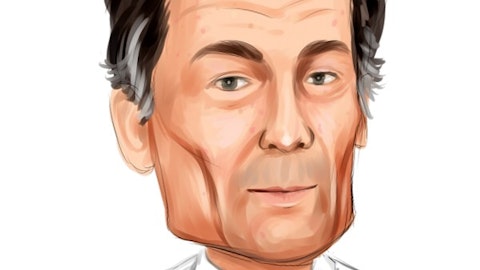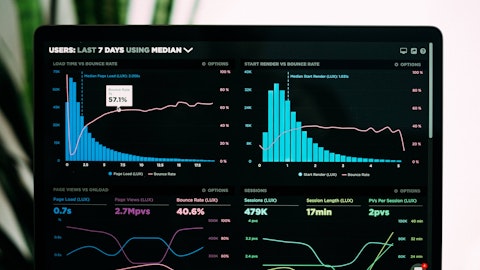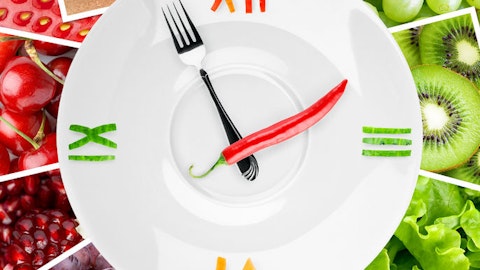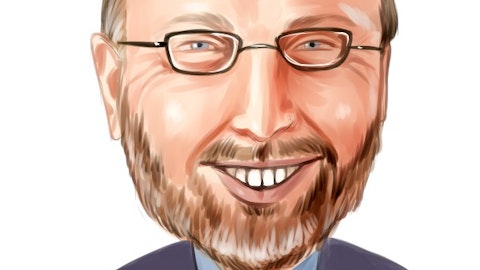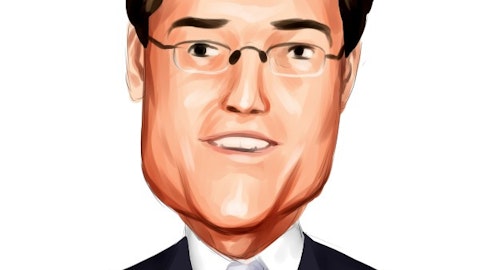Darcy H. Davenport: Thanks, Jason. I’ll hit the capacity, and I’ll let Paul hit the cost savings. From a capacity standpoint, we have improved. So you are exactly right. The plans were to expand it quite dramatically. So last quarter, like I said in my prepared remarks that we increased every month from a run rate standpoint. Actually, Q1 is pretty close to where our run rate needs to be or where we assumed it would be for the whole year. It steps up a little bit. We are expecting it to step up a little bit in the back half but we saw some real improvement this quarter, which was needed and nice to see. So I would say we’re very close to the run rate we need to be for the rest of the year. And it absolutely is a big cost savings and you described it well that it was going to be consistent with pretty close to Tetras. Paul, do you want to add anything on cost savings?
Paul Rode: No, I think you covered it. We certainly do — we are realizing benefits on cost from this switch. It’s definitely been paying us in the first half, and then obviously, we’ll start lapping as we get later in the year. But yes, we’re seeing the benefits from this relationship.
Darcy H. Davenport: Yes, Jason, the other — the only other thing I would just add is there’s also a fair amount of sustainability improvements with this change around just the amount of plastic that is actually used in these PETs. So there’s a real benefit to the change on that front as well.
Jason English: That’s good to hear. I’m more enthused about the potential to allow you to enter C-stores for that format, though. Sticking on the topic of cost, the way protein prices have come in quite a bit, like they’ve been falling fast, which is really encouraging to see. You made comments last quarter about sort of hedge timing. So a question to you, where your hedges stand and when can we expect to see these lower prices roll to your P&L?
Paul Rode: Yes. So our biggest cost is actually milk protein and then whey proteins on the powder, so milk is on the shakes and whey protein on powders. We’re really — we’re coming through really kind of the peak of the protein costs, especially on the milk proteins here in the second into the third quarter, and then we do expect that our protein costs will start to pull back. Whey protein is, to your point, falling more dramatically and so we will see perhaps some benefit to that starting as early as Q4. But really, I think most of the year-over-year tailwinds will come more in fiscal 2024. As we go through the rest of the year, the magnitude of the headwinds from protein declines as we go through into Q3 into Q4, but it’s still net headwind as we just get through the peak of the market.
There’s a lag time from the time we procure protein to the time it rolls through cost of goods sold and that’s somewhere in the six to nine months depending on how far out we are. And so we expect the peak of that to hit us this quarter and into next.
Jason English: Understood, thanks a lot. I will pass it on.
Operator: Thank you. Our next question will come from Ken Goldman with J.P. Morgan. Your line is open.
